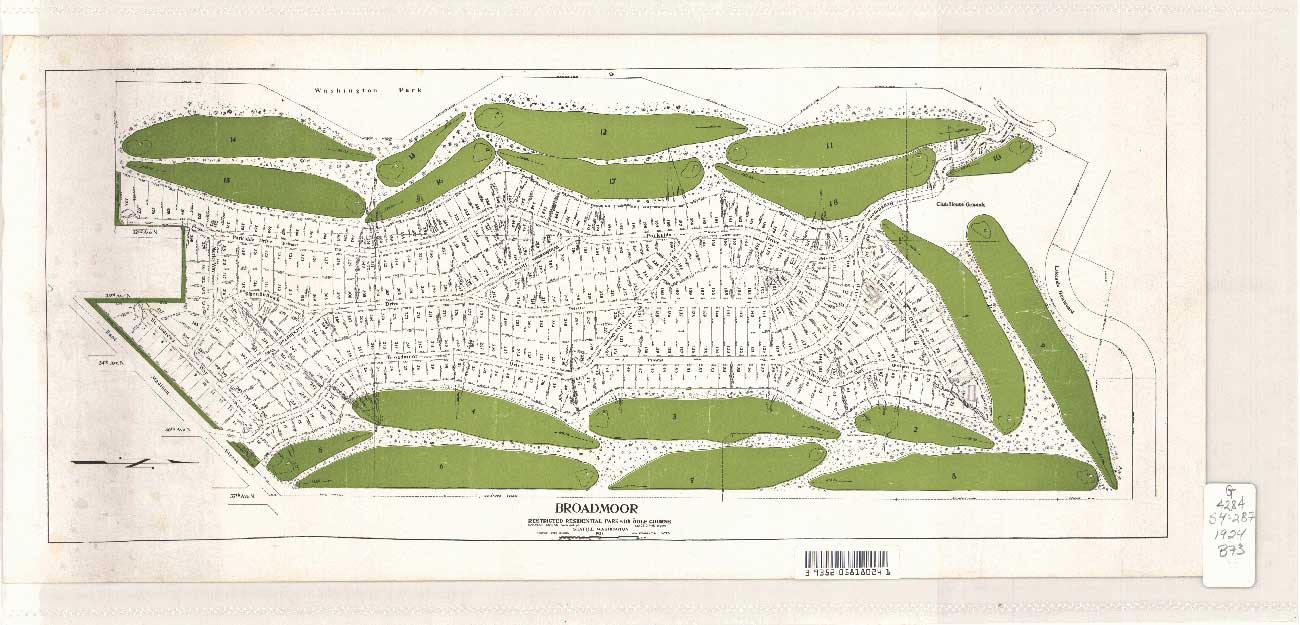- Park Slope African American Speed Dating
- Park Slope African American Speed Dating Nyc
- Park Slope African American Speed Dating Chicago

In 1839, Brooklyn was booming—and changing.
The Prospect Heights native — who recently ran, and lost, for Congress — said his parents bought on “the other” side of Flatbush Avenue in the late 1950s because his African-American father “did not see anyone who looked like him” in Park Slope. The mixed-race daughter, Dido Elizabeth Belle (Gugu Mbatha-Raw), of Royal Navy Captain Sir John Lindsay (Matthew Goode) is raised by aristocratic Great-uncle Lord William Murray, 1st Earl of Mansfield (Tom Wilkinson) in eighteenth century England. Park Slope, Carroll Gardens, Boerum Hill. Transportation: The Union Street N/R subways and Smith Street F trains. Street smarts: Gowanus isn't particularly dangerous, but it can be desolate at night. Lodging: A number of national brand name hotels have opened in Gowanus including the boutique hotel, Hotel Le Bleu. Airbnb is also a popular option.

The former village had become an actual city just five years earlier. The growing population of approximately 40,000 residents included free black men and women, as slavery had been abolished statewide in 1827.
Amid this transformation, the Lefferts family, one of Kings County’s biggest landowners, began selling off farmland in the Bedford section of the city.
In 1838, an African-American named Henry C. Thompson purchased 32 lots. A year later, he sold two lots at Dean Street and Troy Avenue to James Weeks, a Virginia-born stevedore thought to have been a freed slave.
So began the settlement of Weeksville, a village of African Americans with its own school, churches, businesses, baseball team (the Weeksville Unknowns), and newspaper, the Freedman’s Torchlight.

Weeksville also had a main street on a former Indian trail called Hunterfly Road. On the map above, part of Hunterfly can be seen jutting out on the far right.
Park Slope African American Speed Dating
Like the rest of Kings County, Weeksville thrived in the 19th century. By 1855, it had 531 residents occupying tidy, wood-frame houses.
“Here, [residents] had a chance to control their own lives,” wrote Judith Wellman in Brooklyn’s Promised Land.

“They could grow their own gardens, feed their own chickens, and keep dogs or goats, pigs, a cow or two, and a horse if they wished. People could walk everywhere.
“And if they wanted more than they could buy in local stores or more work than they could find in Weeksville, they traveled to downtown Brooklyn, just a 10-minute ride on the Long Island Rail Road, where work was plentiful and ferries crossed the river to Manhattan.”
Weeksville was a haven for former slaves before the Civil War, and the community also welcomed black New Yorkers fleeing racially motivated terror during the Draft Riots in 1863.
Notable residents found a home there, such as Susan Smith McKinney-Steward, the first African-American female physician in New York.
Yet like so many other enclaves, Weeksville was a victim of Brooklyn’s success.
The opening of Eastern Parkway in the 1870s ushered in development and a population surge. An expanded street grid obliterated small villages.
Weeksville turned into more of a mixed-race neighborhood after the Civil War and then was largely absorbed into urbanized Brooklyn.
“Who knowsh where Weeksville is? a 1935 article in the Brooklyn Daily Eagle asked readers, somewhat rhetorically.
Park Slope African American Speed Dating Nyc
In the 1960s, Brooklyn would rediscover Weeksville.
Researchers combed the streets of Crown Heights and Bedford-Stuyvesant and found four wood frame homes dating between 1840 and 1880.
Park Slope African American Speed Dating Chicago
Renovated and redone with period furnishings, the homes are among the remnants of Weeksville that have survived into the 21st century.
A bit of Hunterfly Road, plus curious found objects such as a tintype of a well-dressed young woman (top right), also remain. The former location of the village is now a landmarked site with a visitor’s center.
[Top image: Weeksville Heritage Center; second image: public domain; third image: Brooklyn Historical Society]